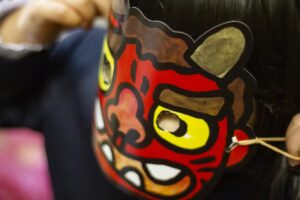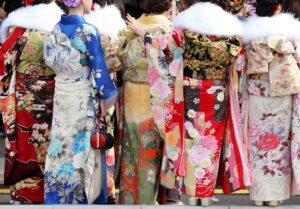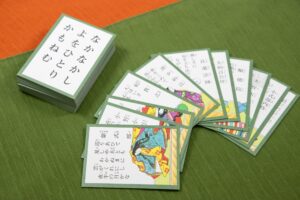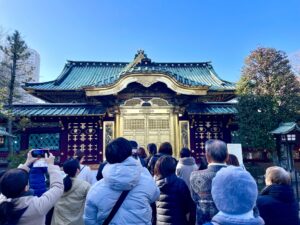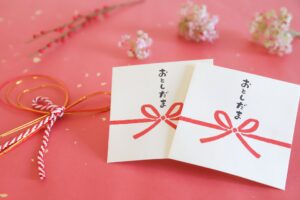Ochugen is a long-standing Japanese tradition of giving gifts during the summer season, rooted in spiritual beliefs and social customs. Historically, it served to express gratitude to elders, mentors, and business associates. Today, it continues to foster personal and professional relationships with both traditional and modern gift choices. This article explores the origin, timing, etiquette, and evolving trends of Ochugen—plus important taboos and how to participate even as a foreigner.
What Is Ochugen?

Ochugen is a traditional Japanese custom of mid-year gift-giving, deeply rooted in Buddhist and Confucian values. Originally derived from the Chinese Taoist custom of the “Three Festivals” (Sanguetsu), the term “Ochugen” refers specifically to the mid-year point. In Japan, this tradition merged with Buddhist practices honoring ancestors and Confucian ideals of filial piety and respect.
Typically observed in mid-July, Ochugen is a way to express gratitude and maintain harmonious relationships, both personal and professional. It is particularly important in business culture, where showing appreciation to clients, superiors, or mentors strengthens trust and ongoing partnerships. While its religious elements have faded over time, the spirit of appreciation remains central to this summer ritual.
When and Who Do You Give Ochugen Gifts To?
The Ochugen gifting period generally falls between July 1 and July 15, though regional differences exist. For example, in the Kansai area (Osaka, Kyoto, etc.), gifts are commonly sent from mid-July to mid-August due to differing Obon schedules.
Gift recipients usually include individuals to whom you owe a debt of gratitude:
- Workplace superiors and business clients
- Mentors and teachers
- Elder family members and in-laws
- Doctors, landlords, or others providing regular services
This tradition serves both personal and professional purposes. For employees and businesspeople, giving Ochugen is a courteous gesture that enhances social harmony and business rapport. Within families, it’s a warm expression of seasonal respect.
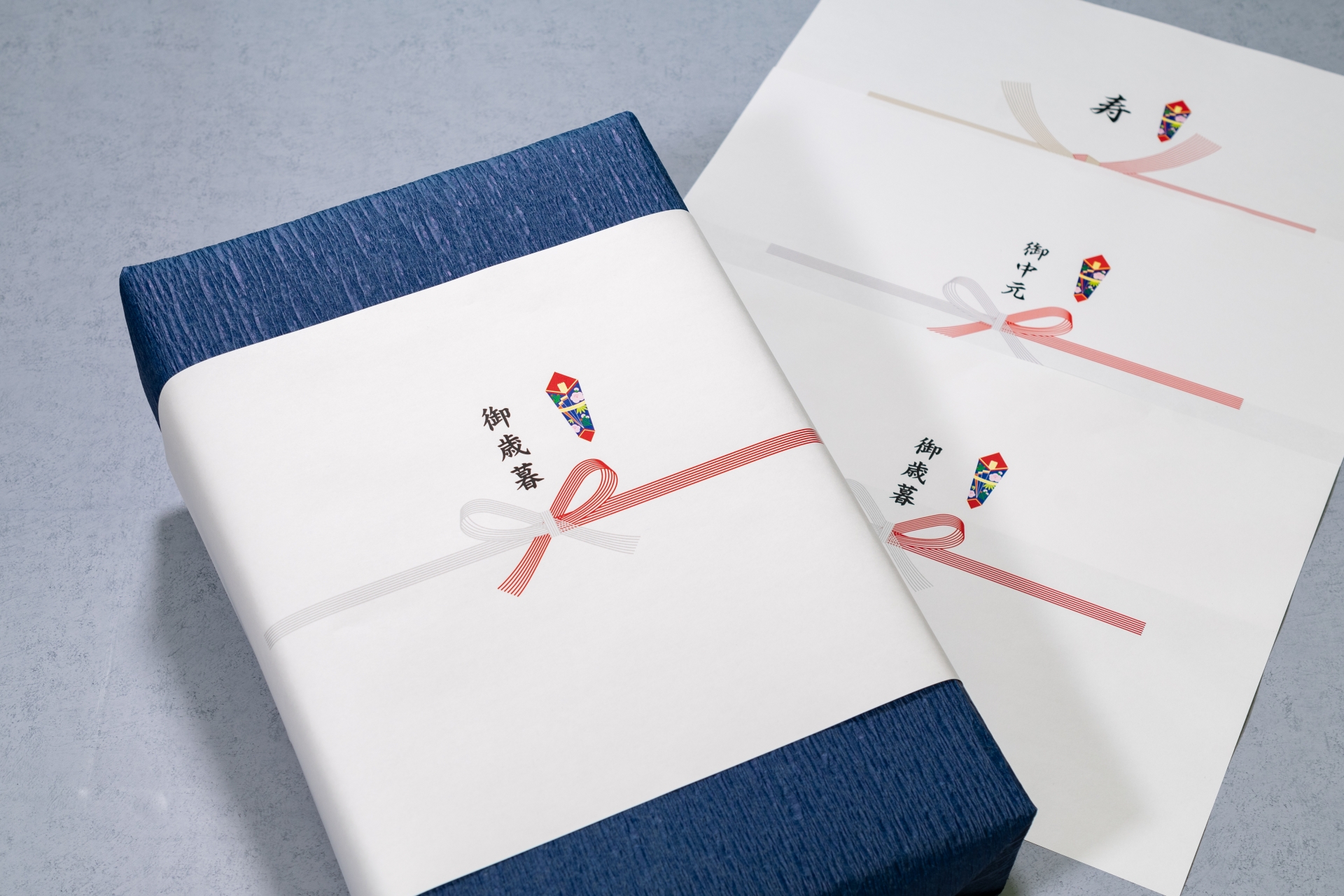
What Types of Gifts Are Appropriate for Ochugen?

Ochugen gifts range from practical to luxurious, depending on the recipient and your relationship. Many gifts are seasonal or consumable, making them easy to appreciate without burdening the receiver. Popular options include:
| Gift Type | Example | Typical Price Range |
| Food & Beverage | High-end fruit, wagyu beef | $30–$100 |
| Alcohol | Sake, wine, whiskey | $40–$120 |
| Household Items | Towels, laundry sets | $20–$50 |
| Digital Gifts | Online catalog services (e.g., Ring Bell, Anny) | $30–$100 |
Department stores often offer pre-wrapped gift boxes, while catalog services allow recipients to choose their preferred items. This ensures convenience and appropriateness without disclosing the monetary value.


Gift-Giving Etiquette: Dos and Don’ts of Ochugen
To respectfully participate in Ochugen, keep these etiquette guidelines in mind:
Dos:
- Choose gifts in pairs or sets, which symbolize harmony.
- Use seasonal or formal wrapping, often in cool colors like blue or silver.
- Include a polite message card or greeting note.
Don’ts:
- Avoid overly expensive gifts that may embarrass or burden the recipient.
- Refrain from giving overly personal items, such as clothing or perfume.
- Do not choose casual or gag gifts—the gesture should reflect sincerity.
While recipients aren’t expected to reciprocate with a return gift, a thank-you note or verbal expression of thanks is customary. Business etiquette also frowns upon skipping gifts once the tradition is established.
Important Considerations and Taboos in Ochugen Gift-Giving
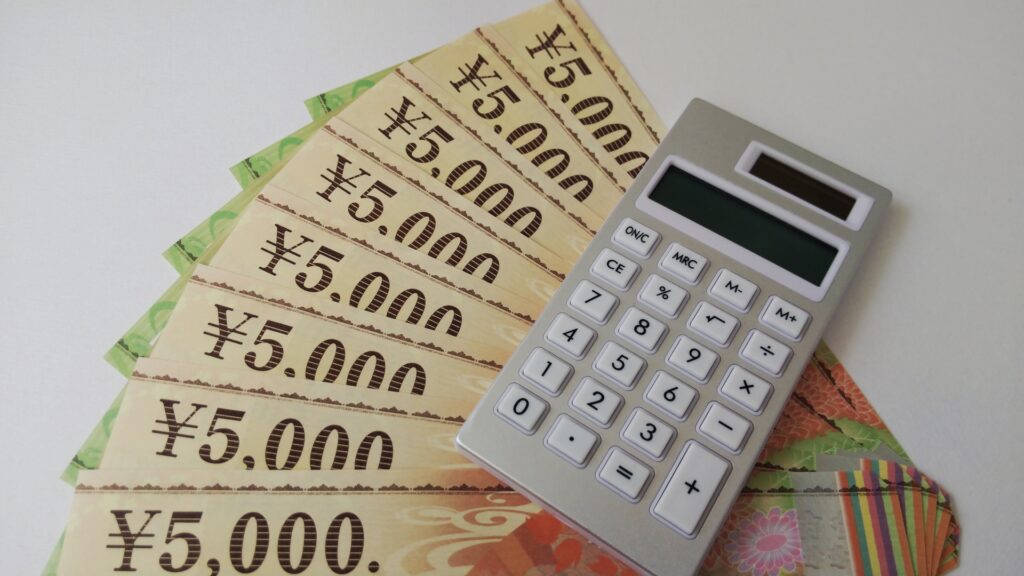
Understanding Japanese social norms is key to avoiding unintended offense:
Inappropriate Recipients:
- Never send Ochugen to a family in mourning or recently bereaved households.
Items to Avoid:
- Knives or scissors: Imply cutting off relationships
- Shoes or slippers: Symbolize stepping over someone
- Underwear or innerwear: Seen as charitable or overly intimate
- Cash or gift cards: May be considered impersonal or suggest the recipient is in financial need
- Flowers with negative symbolism: Such as yellow chrysanthemums or other flowers commonly associated with funerals
Continuity Matters: Once you start giving Ochugen, especially in business or formal family contexts, it’s considered respectful to continue annually.
Price Range: Most gifts fall within ¥3,000–5,000 (roughly $20–$40 USD). Excessively lavish gifts can feel burdensome.
Ochugen vs Oseibo – What’s the Difference?
Ochugen and Oseibo are both seasonal gift-giving traditions, but they serve different purposes:
| Feature | Ochugen | Oseibo |
| Timing | Mid-July (or August in Kansai) | Early December |
| Purpose | Express mid-year thanks | Show year-end gratitude and season’s greetings for the coming year |
| Recipients | Superiors, clients, mentors | Essentially the same as Ochugen, sometimes a broader circle |
| Cultural Weight | Less formal than Oseibo | Carries heavier expectations |
| Return Gift | Not expected | Not strictly required, but some may choose to reciprocate if they receive gifts annually |
Oseibo is often seen as a formal closing note of the year, while Ochugen is a mid-year “thank you” that keeps relationships warm.
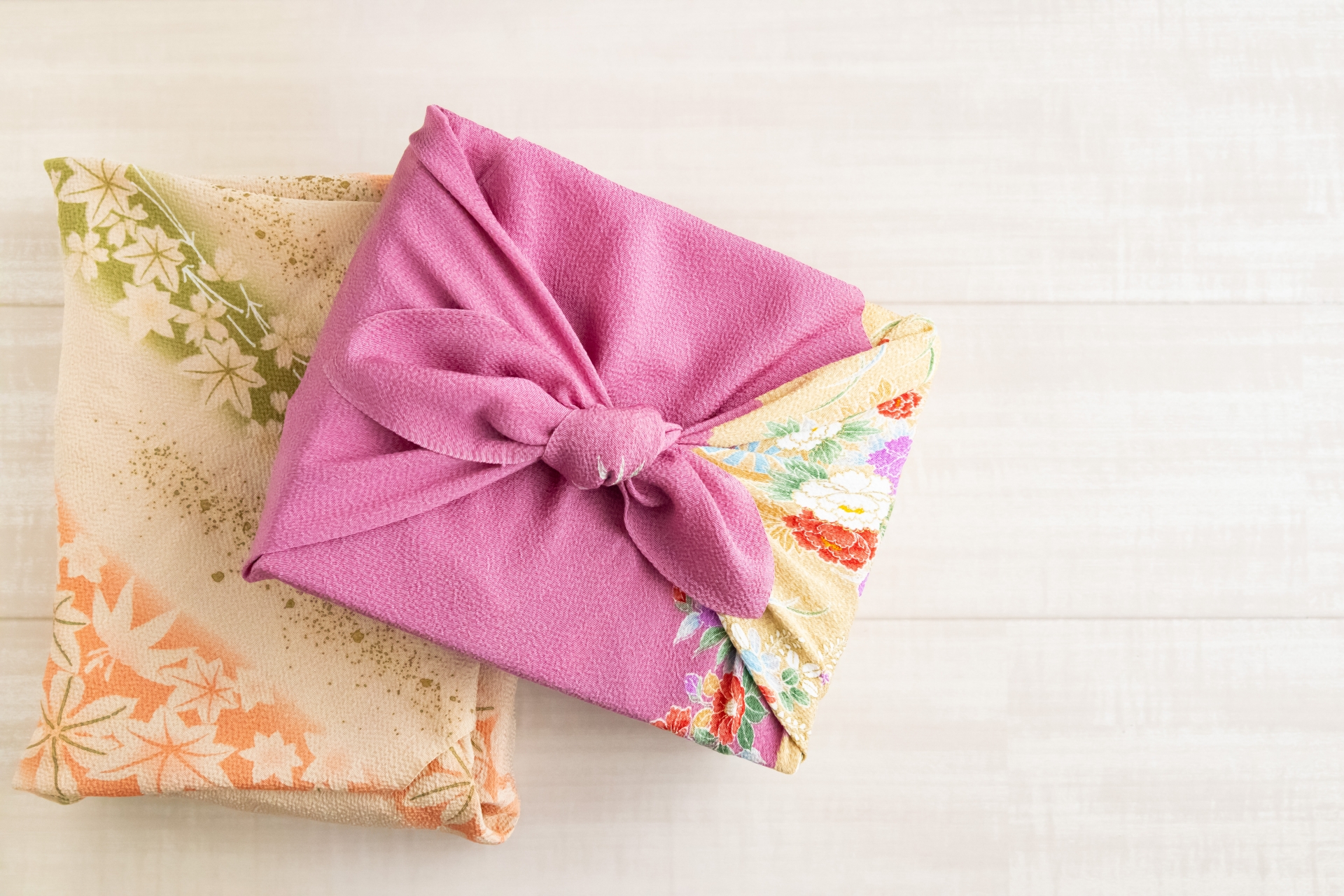
How Foreigners Can Participate in Ochugen
Even as a non-Japanese resident or visitor, you can respectfully engage in Ochugen:
- Choose appropriate gifts: Stick to consumables, household items, or catalog gifts
- Purchase sources: Use Japanese department stores, Rakuten, Amazon Japan, or specialty sites
- Message cards: Keep it simple. A short phrase like “Thank you always” (Itsumo arigatou gozaimasu) or its English equivalent is sufficient
- Budget accordingly: The sentiment matters more than the price. Stay within customary ranges
Being thoughtful and observing cultural manners will make your gesture well-received, even if your language skills are limited.
The Modern Future of Ochugen
As with many traditions, Ochugen is adapting to the modern world:
- Declining participation among youth: Time constraints and less emphasis on formality have led to decreased engagement
- Digital gifting trends: Services like online catalogs, e-cards, and delivery platforms are making it easier to give from anywhere
- Sustainability matters: Eco-friendly packaging, reusable wraps (furoshiki), and locally sourced items are gaining popularity
- Corporate adaptation: Companies often give group Ochugen to clients or run internal gift exchanges to build team culture
Ochugen remains relevant by balancing tradition with evolving values and technology.
Conclusion: Embracing Ochugen as a Bridge Between Tradition and Connection
Ochugen is more than just a seasonal exchange—it’s a cultural gesture steeped in respect, community, and appreciation. By understanding the historical and modern facets of this custom, anyone can take part in a way that is meaningful and appropriate.
Whether you’re maintaining a business relationship, honoring a mentor, or simply exploring Japanese culture, Ochugen provides a unique way to express thanks. With thoughtful selection, proper etiquette, and an open heart, this centuries-old tradition can continue to build bridges across generations and cultures.






